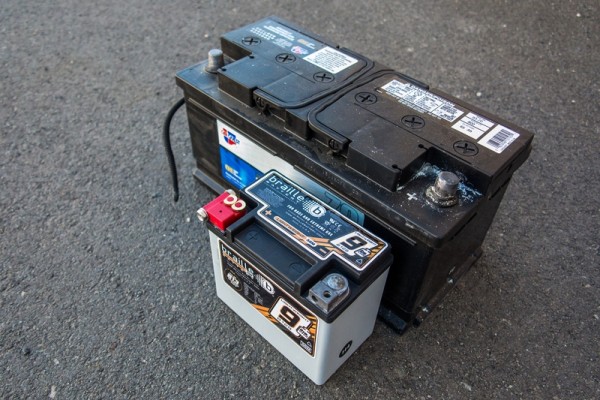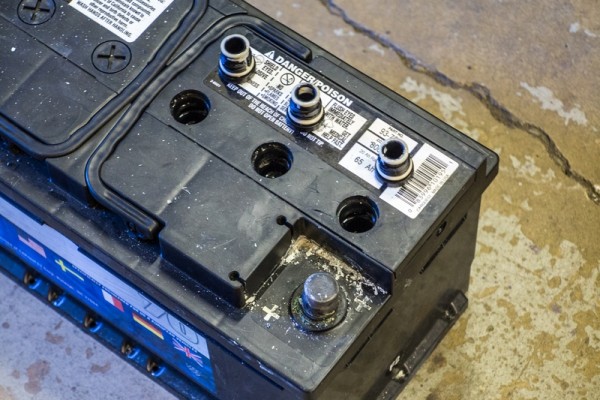Off-road vehicles have unique charging requirements.
While a hot rod or muscle car may have a high compression engine that requires a lot of cranking amps to fire, once the engine is started hot rods generally do not draw many amps and even the factory alternator can handle most all charging demands. Contrast that with a 4×4, where auxiliary lights, electric fans, GPS, and winches can all tax your charging system, requiring more amperage than the alternator alone is able to deliver. The solution is a more powerful battery to act as a result for those big amp draws. And if you are spending the money for a new battery for your 4×4, an absorbed glass mat (AGM) battery is the only way to go.
Summit Racing carries a variety of AGM batteries from Odyssey, Optima, Braille, XSPower, and more to fit nearly any vehicle application. AGM batteries are more powerful than their traditional wet flooded counterparts, can be mounted in any orientation, and you never have to worry about them leaking our out gassing. Those are features that any gearhead can appreciate, regardless of what they drive. And as an added bonus for 4x4s, AGM batteries will not leak and are resistant to vibration. In a traditional wet flooded battery, the lead plates can break loose, causing a short circuit and damaging the battery.
Important Note: When using a Gel or AGM battery, make sure the charger has a setting for Gel or AGM. It’s important to note that using a regular automotive charger on these batteries can cause them to overcharge.
When purchasing a new battery for your truck (assuming you aren’t using a custom box), the first thing to look at is size, which is specified in the BCI Group Sizing Chart. Also, look at the number and locations of the battery terminals. The next choice will depend on your application’s power requirements. Look at HCA ratings for hot climates, CCA ratings for cold climates, and CA ratings for climates that are moderate or fluctuate between extremes. For a RV, boat, golf cart, etc., where the battery will be drained without being concurrently recharged, make sure you purchase a “deep cycle” battery. These deep cycle batteries usually have a slower rate of discharge and may not be able to handle large cranking requirements, but they can handle large DODs (he percentage of battery capacity that has been discharged) for many cycles. If you are looking for a battery for an off-road vehicle that will handle large vibrations or the occasional upside down operation, then look for a sealed battery.
It is important to remember that batteries will need to be replaced every so often. In ideal conditions, a quality battery will last from eight to 10 years, but its lifespan is primarily dependent on how and where in your vehicle you will use the battery. Higher DODs would be capable for a fewer number of cycles than just partially discharging a battery. Remember to keep the terminals clean of corrosion and the proper balance of the electrolyte solution of unsealed batteries.
Lastly, look at the battery’s manufacturer, as well as what type and length of warranty they offer. There are several well-respected companies that produce extremely durable and dependable batteries. Proper maintenance and operation will boost the potential of your battery’s performance and lifespan.










Comments